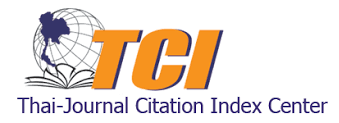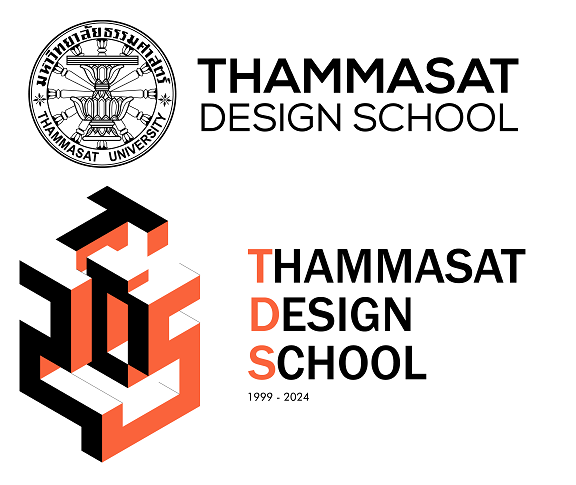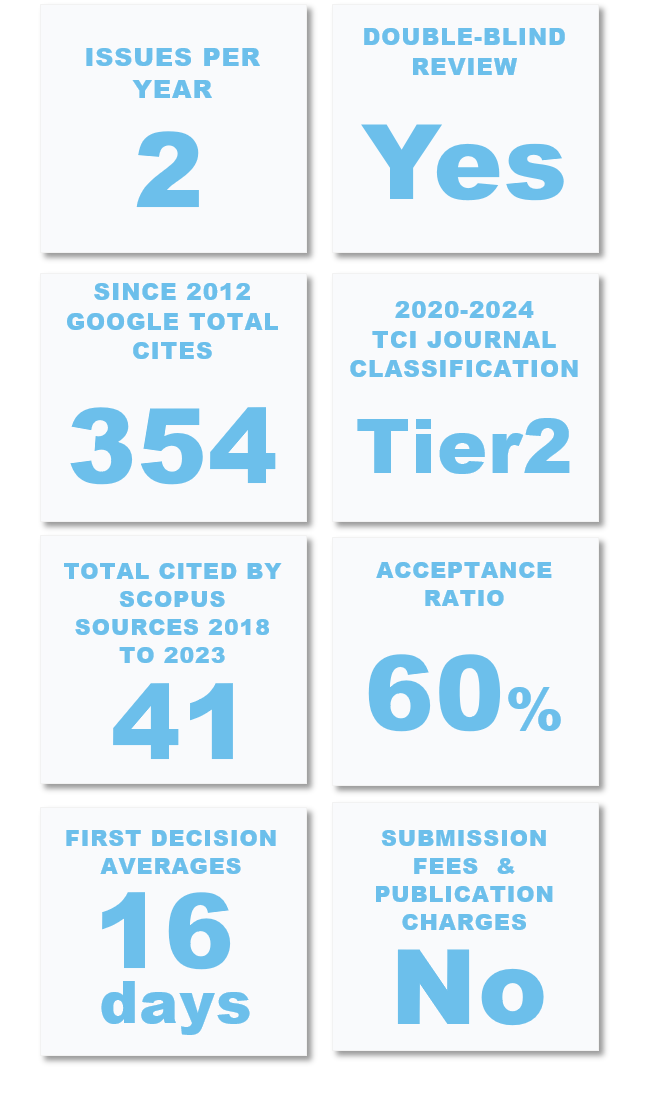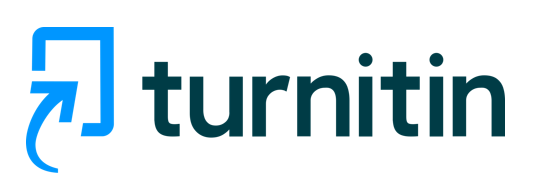An Alternative Hotel Pricing Technology: Hedonic Price Model for Pricing Beach Resort Revenue in Thailand.
Keywords:
pricing, hotel pricing technology, physical attribute, location, Thailand, hedonic price modelAbstract
Two classical methods for pricing the average daily rate (ADR), ADR Rule of Thumb Method and Discounted Cash Flow Analysis Method have some limitations. The aim of this research is to find the determinants of average room revenue and to propose an average daily rate prediction model of beach resorts in Thailand using a hedonic price method, as an alternative pricing technology. Three groups of independent variables are identified from a literature reviews and verified by experts: resort rating, physical attributes, and location attributes. Average daily rate is the dependent variable of the prediction model. The study finds that a log–log multiple regression model with 11 determinants is the best prediction model and the variables with highest effect on average daily rate are, in descending order, star rating, being located on Samui or Phuket Islands, spa availability, and international brand availability. The research findings are useful for investors or developers, government authorities, and academics.
Downloads
References
Abrate, G., Capriello, A., & Fraquelli, G. (2011). When quality signals talk: Evidence from the turn hotel industry. Tourism Management, 32, 912–921.
Bartik, T.J. (1987). The estimation of demand parameters in hedonic price models. Journal of Political Economy, 95, 81–88.
Bartlett, J., Kotrlik, J., & Higgins, C. (2001). Organization research: Determining appropriate sample size in survey research, Information Technology, Learning, and Performance Journal, 19, 43–50.
Cambridge University. (2019). Cambridge Dictionary. Retrieved in https://dictionary.cambridge.org/dictionary [Online] on 19 November 2019.
Corgel, J. & deRoos, J. A., (1993). The ADR rule-of-thumb as predictor of lodging property values. International Journal of Hospitality Management, 12(4): 353–65.
Chen, C., & Rothschild, R. (2010). An application of hedonic pricing analysis to the case of hotel rooms in Taipei. Tourism Economics, 16, 1–10.
Deveau, L. T., Deveau, P. M., DePortocarrero, N. J., & Escoffier, M. (1996). Front Office Management and Operations, Simon and Schuster: Upper NJ, p.85.
Halvorsen, R. & Pollakowski, H. O. (1981). Choice of functional form for hedonic price equations. Journal of Urban Economics, 10, 37–49.
Hamilton, J. M. (2007). Coastal landscape and the hedonic price of accommodation. Ecological Economics, 62: 594–602.
Haroutunian, S., Mitsis, P., & Pashardes, P. (2005). Using brochure information for the hedonic analysis of holiday packages. Tourism Economics, 11, 69–84.
Hartman, R. S. (1989). Hedonic methods for evaluating product design and pricing strategies. Journal of Economics and Business, 41(3), 197–212.
Israeli, A. (2002). Star rating and corporate affiliation: Their influence on room price and performance of hotels in Israel. Hospitality Management, 21, 405–424.
Law,. R., Leung,. R., Lo,. A., Leung,. D., & Fong,. L. H. N. (2016). Distribution Channel in Hospitality and Tourism: Revisiting Disintermediation from the Perspectives of Hotels and Travel Agencies. International Journal of Contemporary Hospitality Management, 27(3), 431–452.
Makridakis, S., Wheelwright, S., & McGee, V. (1983). Forecasting: Methods and Applications. John Wiley& Sons, Inc, New York.
Ministry of Tourism and Sports. (2007). Ministerial announcement: Thailand tourism standards, resort standards. Accessed on November 6, 2013 from www. thaihotels.org.
Monty, B., & Skidmore, M. (2003).Hedonic pricing and willingness to pay for bed and breakfast amenities in southeast Wisconsin. Journal of Travel Research, 42(2), 195–199.
National Statistical Office. (2012). The 2012 hotels and guest house survey/receipts of hotels and guest houses in 2011 by size of establishment and region. Accessed on November 6, 2013 from www.nso.go.th.
Oliveira, R., Pedro, M. I., & Marques, R.C. (2013). Efficiency performance of the Algarve hotels using a revenue function. International Journal of Hospitality Management, 35, 59–67.
O’Neill, J. W. (2003). ADR Rule of Thumb: Validity and Suggestions for Its Application, Cornell Hotel and Restaurant Administration Quarterly, August 2003: 7–16.
O’Neill, J.W., & Mattila, A. S. (2016). Strategic Hotel Development and Positioning: The Effects of Revenue Drivers on Profitability. Cornell Hotel and Restaurant Administration Quarterly, 47(2), 146-154
Panichwong, W. (2002). Regression analysis. Textbook Production Center, King Mongkut’s University of Technology, North Bangkok.
Prasith-rathsint, S., & Sukkasem, K. (1993). Regression analysis: Concept method and application. Liang Chiang Publication, Bangkok.
Raleigh, L., & Roginsky, R. (1999). Hotel investments issue & perspectives. Education Institute of the American Hotel & Motel Association, US.
Rigall-I-Torrent, R., Fluvia, M., Ballester, R., Salo, A., Ariza, E., & Espinet, J. (2011). The effects of beach characteristics and location with respect to hotel prices. Tourism Management, 32, 1150–1158.
Rosen, S. (1974). Hedonic prices and implicit markets: Product differentiation in pure competition. Journal of Political Economy, 82(1), 34–55.
Roubi, S., & Littlejohn, D. (2004). What makes hotel values in the UK? A hedonic valuation model. International Journal of Contemporary Hospitality Management, 16(3), 175–181.
Thai Hotel Association. (2012). Name list for hotels &resorts 2012. Accessed on October 11, 2013 from www.thaihotel.org.
Thailand Convention & Exhibition Bureau [TCEB]. (2015). International travel destination & business venue awards. Accessed on August 4, 2015 from http://www.businesseventsthailand.com.
Sinclair, M. T., Clewer, A., & Pack, A. (1990). Hedonic prices and the marketing of package holidays: The case of tourism resorts in Malaga. In: Ashworth, G., Goodall, B. (Eds.), Marketing Tourism Places. Routledge, London, pp. 85–103.
Thrane, C. (2005). Hedonic price models and sun-and-beach package tours: The Norwegian case. Journal of Travel Research, 43, 302–308.
Thrane, C. (2007). Examining the determinants of room rates for hotels in capital cities: The Oslo experience. Journal of Revenue and Pricing Management 5, 315–323.
Toh, R. S., Reven, P., & DeKay, F. (2011). Selling Rooms: Hotels vs. Third-Party Websites. Cornell Hospitality Quarterly, 52(2), 181-189.
Tourism Authority of Thailand. (2015). Marketing database of Thailand tourism. Accessed on July 27, 2015 from www.marketingdatabase.tat.or.th.Wanitbancha, K. (2003). Advanced Statistical Analysis with SPSS for Windows. Thamasarn Co. Ltd, Bangkok.
White, P.J. & Mulligan, G.F. (2002). Hedonic estimates of lodging rates in the four corners region. The Professional Geographer, 54(4), 533–543.
Agoda (2019). Hotels & Homes. Accessed on December, 2019 from www.agoda.com.
Alexa (2014). Website ranking. Accessed on February 3, 2014 from http://www.alexa.com.
Zhang, Z., Ye, Q., & Law, R. (2011). Determinants of hotel room price: An exploration of travelers’ hierarchy of accommodation needs. International Journal of Contemporary Hospitality Management ,23(7), 972–981.

Downloads
Published
How to Cite
Issue
Section
License
Copyright (c) 2019 International Journal of Building, Urban, Interior and Landscape Technology (BUILT)

This work is licensed under a Creative Commons Attribution-NonCommercial-NoDerivatives 4.0 International License.











